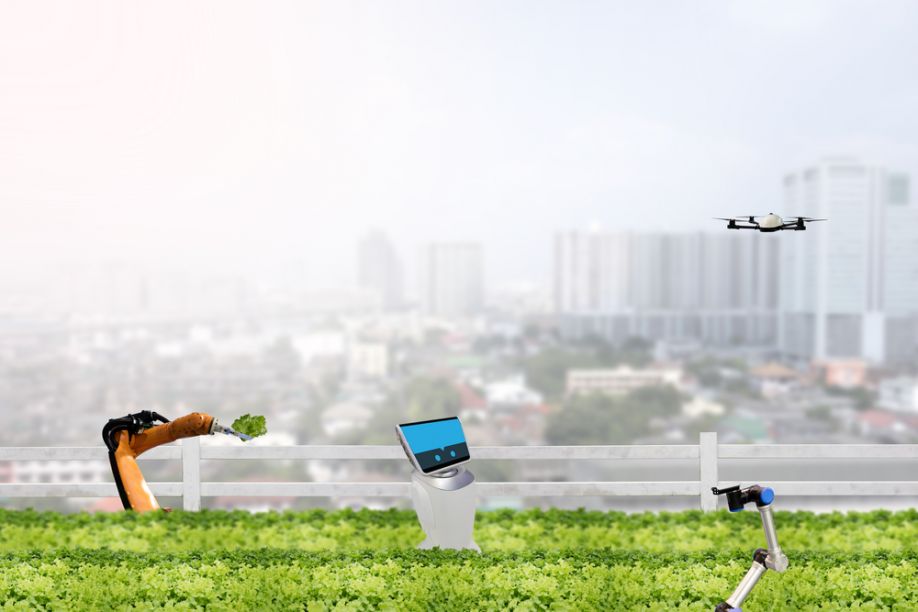5 Challenges For Precision Agriculture To Face

The possibilities offered for agriculture by new technologies, big data and the rise of the Internet of Things (IoT) makes precision agriculture a market that’s sure to grow over the coming years. Yet so far, uptake on innovative agricultural methods that combine technology with farming on-the-ground has been slower than might be expected. For precision agriculture to reach its promise, certain challenges will need to be met.
1) Standardizing Technology Across Platforms
As the role of technology in agriculture continues to grow, we are witnessing the crest of a wave of innovation across original equipment manufacturers (OEMs). Whilst the benefits that new technologies and innovations bring the industry cannot be underestimated, challenges emerge when an industry is on the cutting edge of innovation.
For one thing, operating standards across different technology can differ radically, as one business produces interfaces and controls based on entirely different conceptual approaches to the same problem. At the time of writing, development in precision agriculture is fragmented across many industry bodies - this makes adoption of new technology slow on the ground. Standardizing technology across these platforms will be a big challenge in the future.
2) Connectivity Challenges
As technology progresses and the Internet of Things is increasingly a part of the farmer’s arsenal, connectivity becomes an increasing challenge. Relying on a strong internet connection - 4G or higher will be required for many new technologies in precision agriculture - is a gamble when rural locations are often inherent in the business models of customers. Especially in the developing world, but across North America too, a lack of good connectivity will pose a barrier to uptake in technology and slow the rise of precision agriculture. Digital farming can only progress as long as connectivity speeds keep up.
3) Data Management In Agriculture
Even a small contemporary farm has hundreds of thousands of data points where information can be gathered. Trying to understand this data as it surges in on a daily basis is an impossible task, and even attempting to process this data in real time will be a losing battle for precision agriculturalists. “Taking a smart approach to processing data will be essential in agriculture on any scale,” says Brenton M. Terrell, Agriculture expert at Essayroo and OXEssays. “Farmers will need to assess which data points they value and on what time frame, whether that’s daily, monthly or seasonally. This will allow them to focus on what they can really learn from.”
4) A Lack Of Scalability
Agriculture can exist on any scale, from one-man operations to powerful conglomerates operating over hundreds of hectares. Often, the problems encountered by each operation will be similar, and require similar solutions. For precision agriculture to take hold, any technology that farmers are expected to implement must be scalable to the size of their own operation. Personal gardens and industrial agriculture should be able to leverage the same tools for precision farming to become ubiquitous. What’s more, for these tools to be optimized they should be able to self-configure without the need for time-consuming manual adjustments based on local characteristics.
5) Meeting The Challenges Of Vertical Farming
“Precision agriculture has so far been conceived with traditional agricultural models in mind,” says Annie Burgos, journalist at Paperfellows and Stateofwriting, “but for the disruption to truly take hold the models of agriculture likely to grow in the future need to be assessed.”
That means vertical farming and indoor operations need to be able to implement the tools of precision agriculture as easily as traditional outdoor farms. Indoors, climate control is managed without seasons or weather affecting arrangements. Technology needs to allow farmers to create the perfect growing environment for a variety of crops for smart farming indoors. This industry is going to be thriving in the future and precision agriculture needs to be able to account for it.
Precision agriculture holds great promise, yet its uptake is still relatively slow. The adaptation of emergent technology to agricultural practices will allow for optimized farming and budgets to be tightly met with efficient methods of agriculture. However, as this is a new industry there are a number of challenges to be met in the future. For precision farming to meet its potential, these challenges need to be overcome.
Katherine Rundell is a journalist at Academized and Essay Writing Services and a blogger at Boomessays. She is a futurist and is fascinated about the intersection of life and technology. She has two cats, who sleep all day.
Comments (0)
This post does not have any comments. Be the first to leave a comment below.
Featured Product

